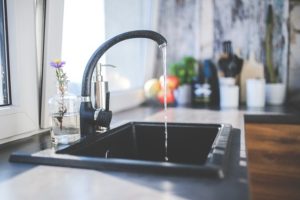 Skagit County allows residents rainwater collection for household use.
Skagit County allows residents rainwater collection for household use.
Skagit County will consider rainwater collection as an alternative source for potable water for a single family residence in affected areas of the in stream flow rules and its well moratorium. This welcome decision will allow over 5,000 land owners to develop their properties while keeping with the treaty agreement of well allocations.
Recently, Guemes Island residents were successful in petitioning Skagit County to recognize rainwater collection as a viable source for single family dwellings due to saltwater intrusion.
The city of Anacortes has also joined in on allowance of potable use of rainwater as a water source for single family residence.
Systems must be designed by a recognized rainwater systems designer and wet stamped by a Washington State Engineer for approval. All system designs must meet current ARCSA/ASPE 63 standards and local plumbing codes and must be installed by a licensed plumber.
RainBank Rainwater Systems would like to thank Skagit County Planning Department on behalf of their residents in this action. RainBank Rainwater Systems meets all requirements set by the city and county for design and installation of all rainwater systems and would be happy to discuss your project.
Contact us:

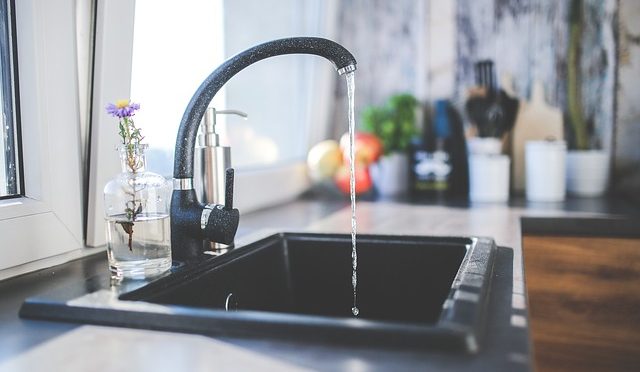
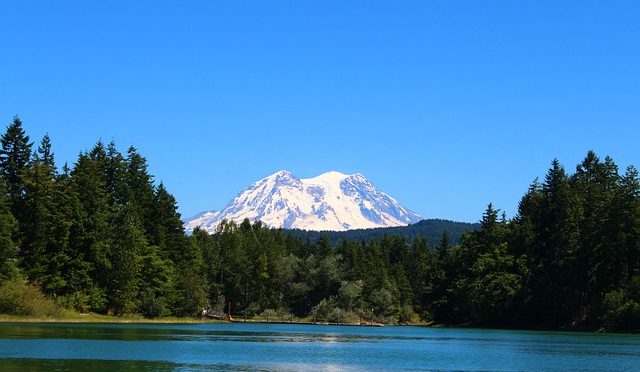
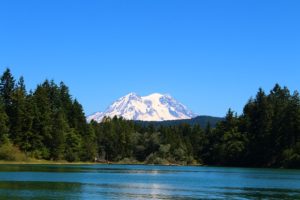 RainBank has always been proactive in the advancement of rainwater collection. We designed and built the first potable system in Seattle, as well as the first potable systems in Skagit, Jefferson, and Whatcom Counties.
RainBank has always been proactive in the advancement of rainwater collection. We designed and built the first potable system in Seattle, as well as the first potable systems in Skagit, Jefferson, and Whatcom Counties. 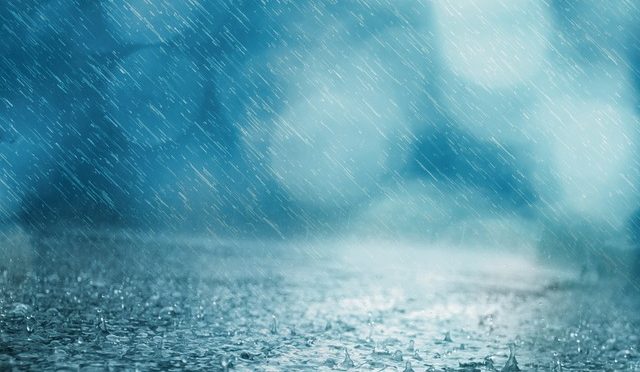
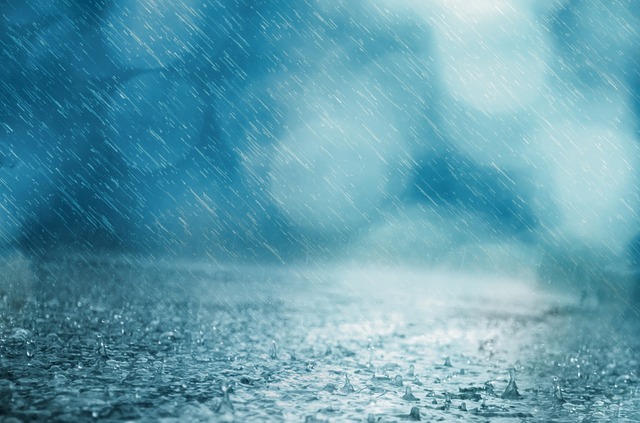 Can you drink rainwater?
Can you drink rainwater?